12 January 2024
The circular economy has emerged as a guiding principle for responsible resource use in a world increasingly focused on sustainability. This blog post explores the profound impact of the circular economy on recycling, with a specific focus on Polyvinyl Butyral (PVB). From its demand surge to its role in reducing CO2 emissions and closing the loop in the circular economy, PVB plays a pivotal role in shaping a more sustainable and efficient future.
Circular Economy Impact of Recycling
The circular economy fundamentally transforms our approach to recycling by emphasizing principles like reuse, repair, and recycle to extend product life cycles and minimize waste. Beyond reducing annual greenhouse gas emissions, the circular economy challenges traditional notions of waste and pollution, promoting a holistic approach to sustainable resource use. This paradigm shift impacts recycling and fosters a comprehensive strategy for waste reduction and resource efficiency.
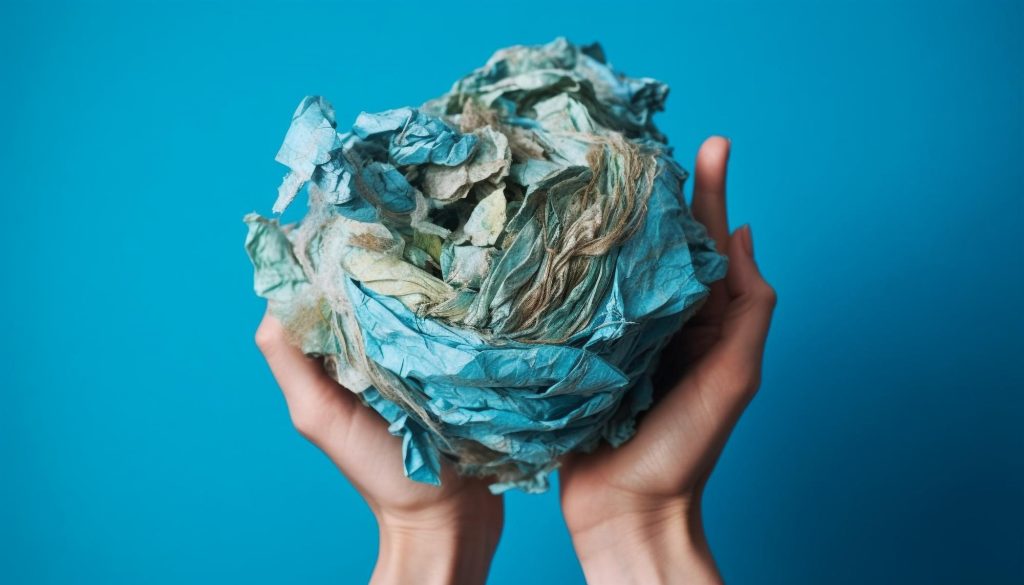 Image by stockgiu from Freepik
Image by stockgiu from Freepik
PVB’s Soaring Demand: Numbers, Industries, and Impact
Polyvinyl Butyral (PVB) is experiencing a surge in demand, which is projected to reach USD 5.1 billion by 2027. This growth is driven by its crucial role in the automotive, construction, electrical, and electronics sectors. While the demand brings economic opportunities, it also poses environmental challenges. PVB production generates significant waste, and the recycling cost impacts manufacturers’ profitability. Navigating this delicate balance is crucial for sustainable practices and environmental protection.
Reducing Energy Consumption: The Role of PVB Recycling
As the demand for PVB skyrockets, its environmental impact becomes more apparent. Recycling emerges as a critical solution, offering a carbon footprint 25 times lower than virgin PVB. With the potential to reduce energy consumption and lower environmental impact, PVB recycling becomes pivotal. Investing in research and development and promoting recycled PVB can significantly contribute to a sustainable approach to PVB production.

Image by Freepik
CO2 Emissions and Waste Management: A Delicate Balance
While waste incineration reduces greenhouse gas emissions, the carbon impacts of waste-to-energy incineration must be carefully evaluated. Recycling and waste prevention emerge as vital players in reducing CO2 emissions. By diverting materials from incinerators and landfills, recycling and waste prevention significantly contribute to mitigating the environmental impact of waste disposal.
Reintegrating PVB: Closing the Circular Economy Loop
Reintegrating Polyvinyl Butyral (PVB) into the circular economy loop is a pivotal step in environmental conservation. This involves recycling and reusing PVB, aligning with circular economy principles. Beyond reducing greenhouse gas emissions and efficient resource use, this approach minimizes waste generation, marking a significant stride toward a more sustainable and environmentally friendly future.
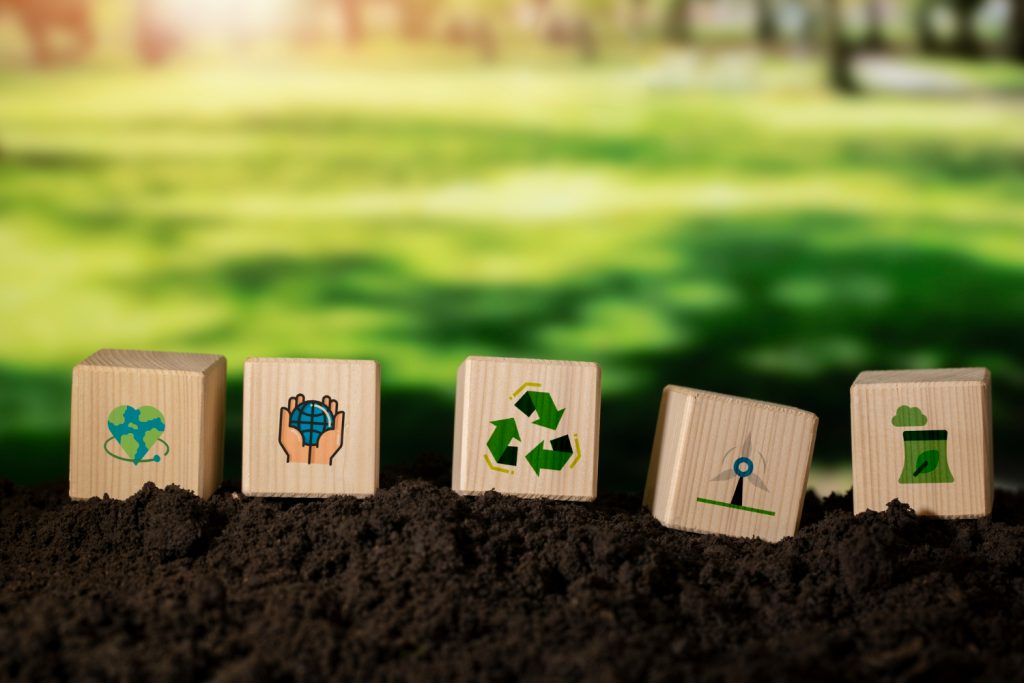
Image by Freepik
Recycled PVB: A Sustainable Force in Resource-Intense Sectors
The use of recycled PVB extends beyond environmental benefits, contributing to resource-intense sectors such as textiles, construction, and plastics. Innovations in flooring solutions, conserving resources in laminated glass production, and impacting the textile industry showcase the potential of recycled PVB. By lowering the material and energy footprint, recycled PVB becomes a driving force in promoting a circular economy and a greener, more sustainable future.
In conclusion, our exploration of the circular economy’s impact, centred on Polyvinyl Butyral (PVB), underscores the imperative to balance rising demand with environmental responsibility. As we strive to integrate PVB into the circular economy, emphasizing recycling and reducing CO2 emissions, the journey represents a commitment to sustainability. PVB stands as a symbol of innovation, urging us to harmonize industry needs with eco-friendly practices and bring circular principles to life.
Follow our project’s updates, to find out more! You can find our profiles on LinkedIn and X.
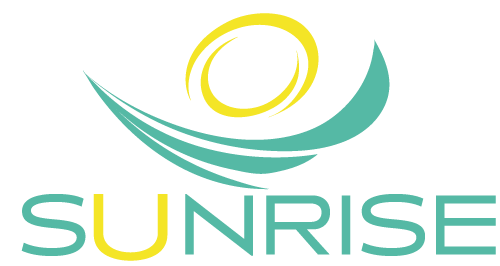
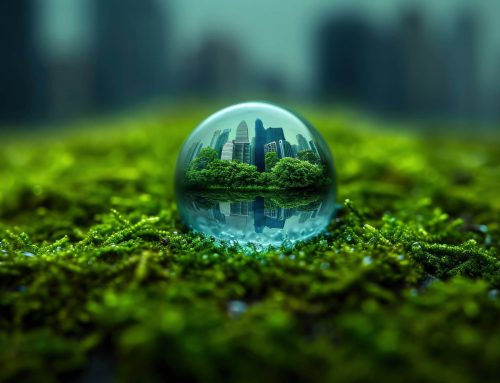
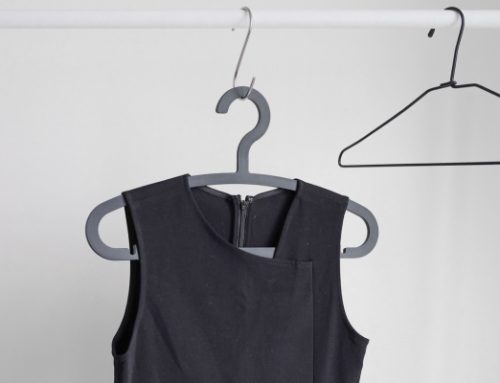
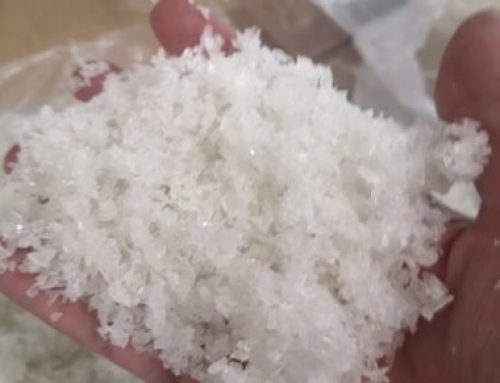
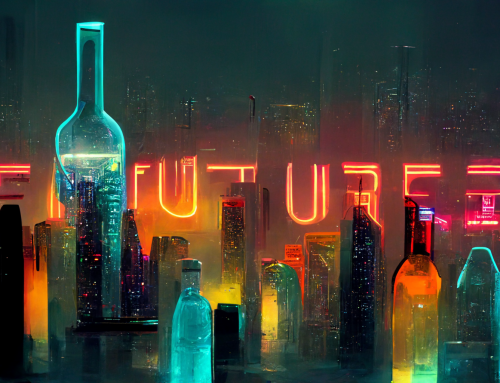
Leave A Comment